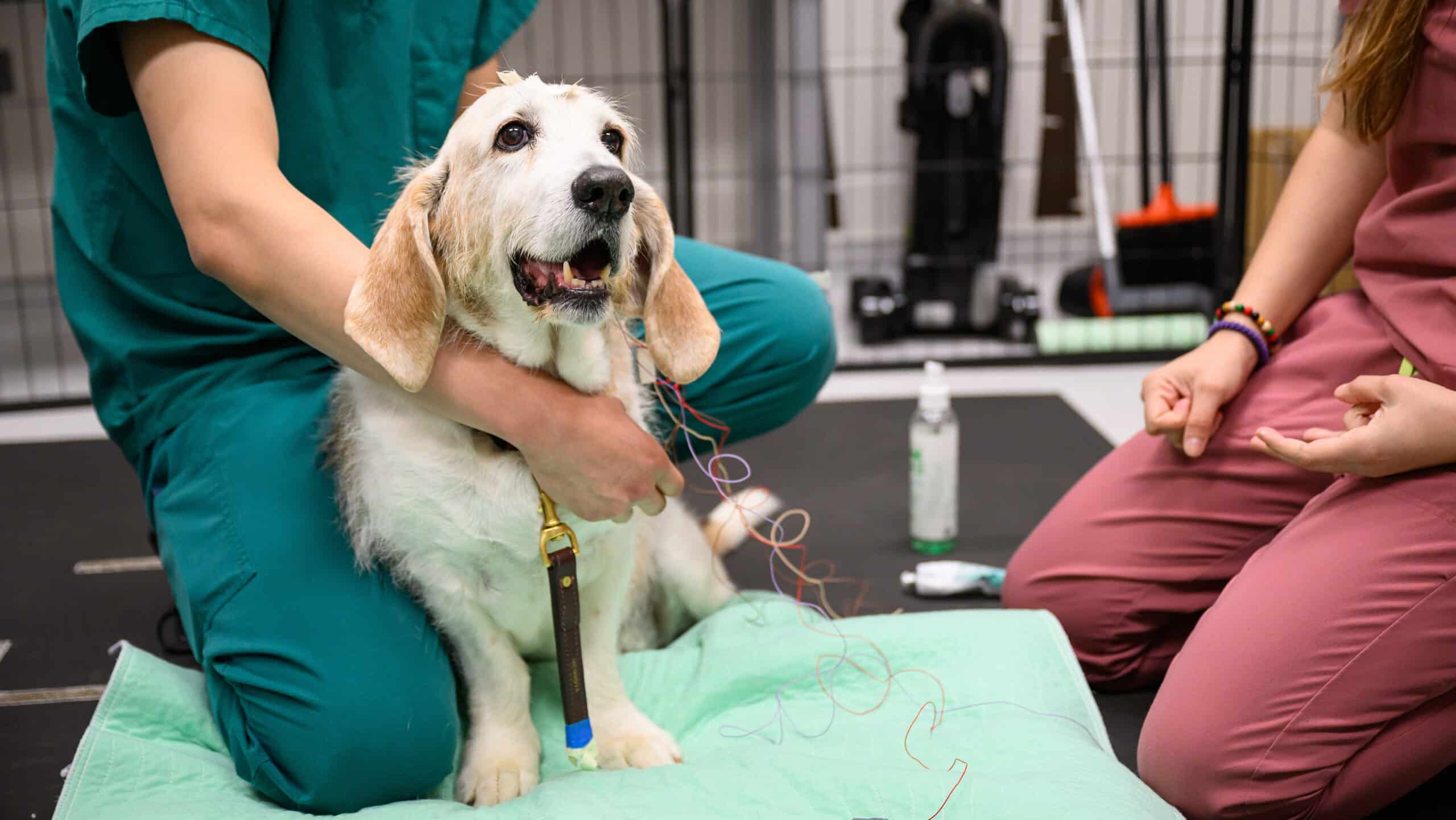Managing 847,000 Gallons of Daily Water Use
The NC State Water Quality Management Team is composed of experts who collaborate to examine and maintain the university’s high-quality drinking water and general water usage.

Since 2018, NC State University’s Water Quality Management Team (WQMT) has overseen the university’s processes, implementation and response to issues surrounding potable water use on campus. NC State’s three campuses use a combined average of 847,000 gallons per day, making the university one of Raleigh’s largest customers for water consumption.
The City of Raleigh’s drinking water treatment plants supply NC State with potable water. The start of the water quality management program brought new protocols, enhanced testing measures and more sustainable water consumption practices to campus.
“It is a good practice to test drinking water in schools,” says Ogaga Tebehaevu, NC State’s senior industrial hygienist. “It is a proactive step the university takes in ensuring the health and safety of students, faculty, staff and community.”
Developing a Lasting Program
When developing the water management program and team, the City of Raleigh shared key processes to consider implementing to help ensure safe drinking water on campus. A key concern for the city around water quality is knowing how much the water has aged from the time it leaves the treatment plant to when it reaches the faucet. Due to NC State’s proximity to water treatment plants, this isn’t a concern for the WQMT. Instead, the group focuses on preventative flushing measures, routine drinking water sampling and water line maintenance.
The WQMT’s strength lies within the standard operating procedures developed over the past five years that allow the team to quickly isolate and restore water fixtures affected by things like turbidity or broken water lines. While a broken water line may only take one day to repair, the team requires the newly repaired line be turned on, flushed, sampled for contaminants like bacteria, metals and sediment, and receive a passing test result before building residents can use the fixture again.
It is a good practice to test drinking water in schools. It is a proactive step the university takes in ensuring the health and safety of students, faculty, staff and community.
Robert Segura, director of Environmental Health and Safety at NC State, attributes the team’s effective presence across campus to the program’s leadership in its inception. “Strong leadership that backs up our work with the resources to do it allows our team to make water management a priority. Without that, I don’t know that the program would be successful.”
The cross-functional WQMT consists of six core representatives from NC State’s Facilities and Environmental Health and Safety divisions, including Tebehaevu and Segura. During periods of water sampling, or in response to issues that disrupt campus operations like the COVID-19 pandemic, additional campus representatives from areas such as University Housing, Campus Enterprises, Athletics and others collaborate with the team.
Adapting To Meet Campus Needs
“The fact that we have a team, meet regularly and have a plan is key,” says Alan Daeke, the director of Utilities and Engineering Services. “We don’t have every situation described, but we have a network in place to address issues as they arise.”
During the COVID-19 pandemic, the team pivoted its work to focus solely on testing chlorine levels in buildings to ensure there was no bacterial growth in the under-utilized campus system. When preparing campus operations for pre-pandemic levels, the WQMT instituted flushing protocols to help assure water quality wasn’t affected by the low-occupancy water use.
We don’t have every situation described, but we have a network in place to address issues as they arise.
In 2023, the team implemented an ongoing testing program beginning with water bottle filling stations in facilities, housing and dining locations. This summer, more than 110 filtered and unfiltered fixtures and water bottle filling stations across campus have been sampled.
No matter where you are on campus, there is safe — and recently tested — drinking water near you. Use the WQMT’s online map to find the nearest water bottle filling station that has additional filtration or recently passed testing.
- Categories:


